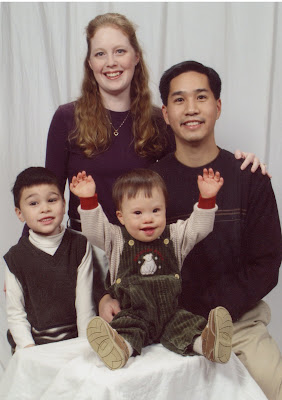Something that jumped out at me were some of her comments relating to megachurches and their suburban context.
A large reason megachurches grow is because of where they usually locate--in burgeoning suburbs. Young families, attracted to the suburbs' less-expensive housing, want religion for their children. They're energetic, and they have rising incomes. Megachurches have enormous overhead and a huge need for volunteers. Burned-out megachurch staff members sometimes complain that they spend more time "feeding the beast" than feeding the flock. Feeding the beast requires a constant hunt for "good" families. To the dismay of the more idealistic, good families don't mean those who need God the most but those who are committed, able, energetic, and prosperous. (pp. 105-06)So are the suburban megachurch's days numbered? Perhaps. One of the dirty little secrets in church growth circles is that many prominent megachurches are plateaued and or declining in attendance. I suspect that the multi-site church movement is one way that traditional megachurches are already retooling themselves to adjust to changing demographic and geographic realities. Instead of maintaining bigger facilities with more people commuting in from farther away, out of necessity churches are rediscovering the need to go local. Instead of focusing all of the church's programming and activities at a central hub, churches need to decentralize and distribute their ministry activity into local communities and neighborhoods.
... trouble may soon hit megachurches too. The suburbs that gave megachurches their growth are filling up and growing older just as suburbs closer to cities did. These giant churches may find themselves in the same situation as the inner-city churches, saddled with million-dollar facilities that they can't merely jettison for a move to greener pastures. (p. 107)
[Megachurches are] top heavy on services for members, which means they must have huge budgets to keep the pace. Their building programs, their missions, their children's programs, their worship services--all have to be top-rate, which requires top-rate staff and plenty of volunteers. At Willow Creek the children's programming alone requires a thousand volunteers a week. As quickly as megachurches burn out one family, they need to replace it. Add to their troubles the fact that their growth has been supported by location. They started in rapidly growing, young communities. As young families are priced out of communities served by megachurches, they'll move farther out, and the megachurches, pinned down by big-box facilities, won't be able to follow. (p. 114)
Of course, with every death comes the possibility of rebirth. Many newer suburban churches today meet in buildings that were once discount stores or strip malls that failed when the economy changed. Historic mainline churches that died off are now homes for thriving new immigrant and ethnic-specific congregations. If megachurches become unsustainable and begin to fail, it will be interesting to see what new things happen with their old buildings and facilities. If foreclosed suburban McMansions become the new multi-family housing for the suburban poor, perhaps consortiums of five or ten smaller churches could join together to share an old megachurch building. Who knows? Suburbia has always been a place of new possibilities, so there could be new life yet for the declining megachurch.





